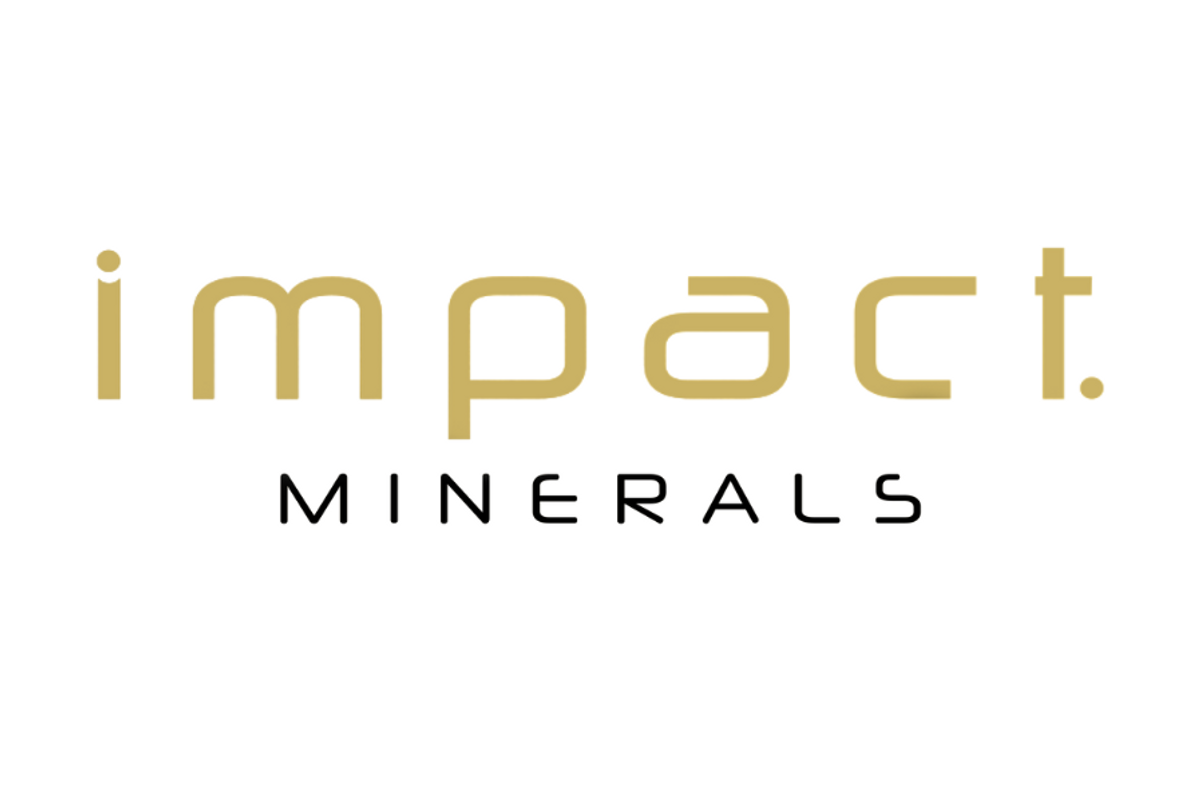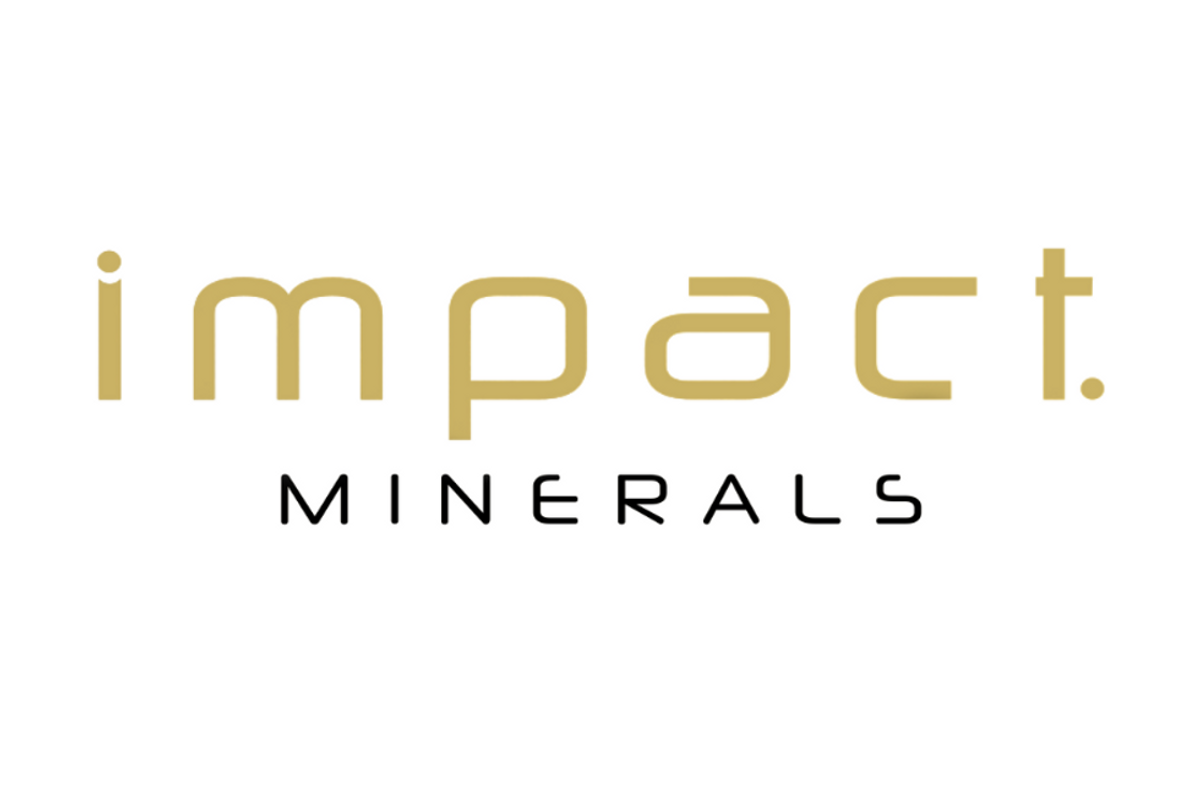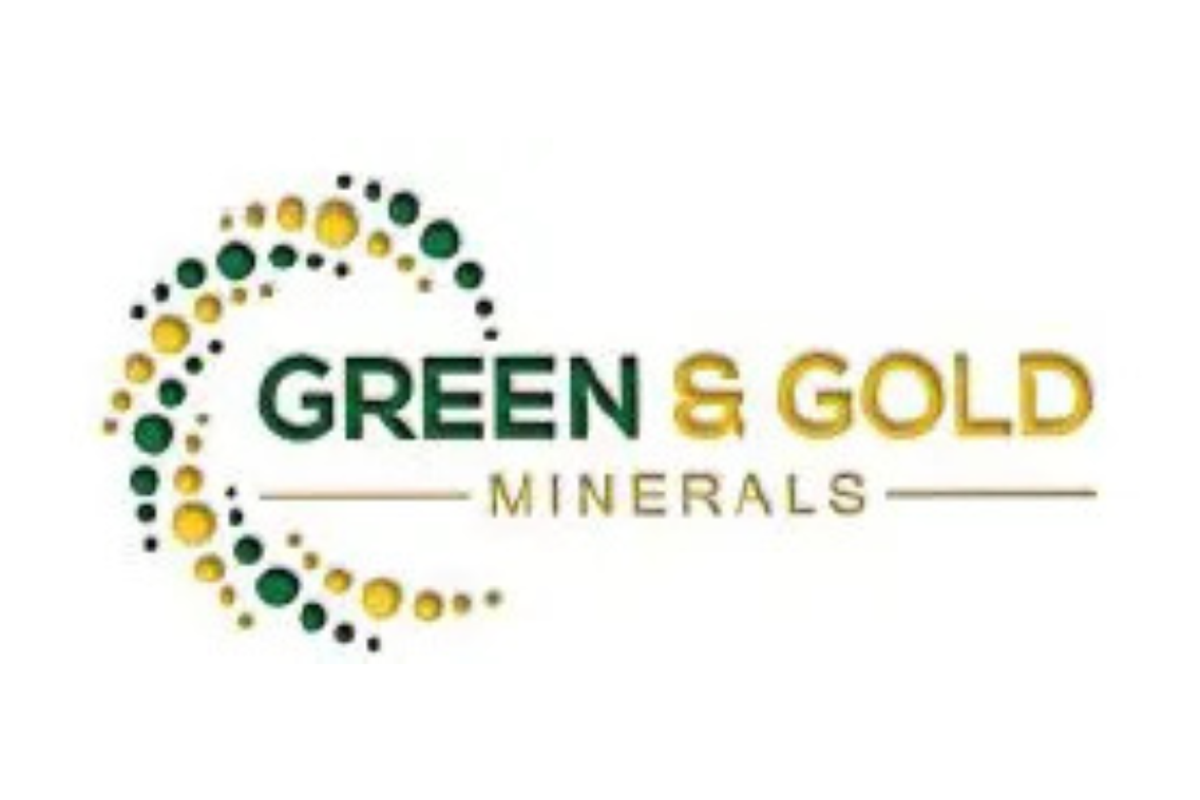
June 18, 2024
A preliminary study into the potential carbon dioxide (CO2) emissions from Impact Minerals Limited’s (ASX:IPT) Lake Hope High Purity Alumina (HPA) project in Western Australia has shown that Scope 1 and Scope 2 CO2 emissions will likely be significantly lower than incumbent processes that produce HPA, and on par or even much lower than emerging processes, in particular under a 100% renewable electrical energy development scenario (Figure 1).
- Scope 1 and Scope 2 CO2 emissions per tonne of HPA produced from the Lake Hope project to be on par with or lower than competing processes globally.
- The low emissions are similar for both metallurgical process routes (the Sulphate and LTL Processes) being considered for Lake Hope as part of the on-going Pre-Feasibility Study.
- A strategy to achieve zero carbon HPA has been defined including a 100% renewable energy development scenario.
- The Pre-Feasibility Study continues on schedule to be completed in Q4 this year.
The low emissions apply to both the Sulphate and Low-Temperature-Leach (LTL) processes that are being considered by Impact to produce HPA as part of the Pre-Feasibility Study for the development of the Lake Hope project (Figure 1 and ASX Releases February 19th, 2024, and February 27th, 2024).

The emissions study has shown that using the current Western Australian electricity supply, likely emissions are 4.38 tonnes of CO2 per tonne of HPA produced via the Sulphate process and 3.44 tonnes of CO2 per tonne of HPA for the LTL process. This is competitive with traditional and emerging HPA production methods (Figure 1). For example, most of the world’s HPA production comes from the refinement of aluminium metal (alkoxide process) or precursors (modified Bayer process) via energy-intensive processes that are also responsible for significant amounts of toxic waste.
Scope 1 emissions generally relate to CO2 produced directly from operations and include the proposed mine, haulage of ore and the processing plant.
Scope 2 emissions relate mostly to CO2 produced from the energy used to power the company’s operations.
Scope 3 emissions related to CO2 produced indirectly from the company’s downstream activities and include the emissions associated with purchased goods and services such as reagents, plant and equipment and Business-As-Usual emissions such as travel and commuting to work.
Only Scope 1 and Scope 2 emissions have been considered at this stage as these are within the direct control of Impact Minerals and this is an appropriate level of detail for the Pre-Feasibility Study. As per standard CO2 accounting practices, Scope 3 emissions will be passed through to the fertilizer by-products. Initial indications are that these emissions will also be on par or lower than incumbent fertilizer production processes.
100% Renewable Energy
The largest contributor to the overall CO2 emissions from the Project come from Scope 2 emissions from the electricity required to power the processing plant and which has been modelled to come from the South West Interconnected System (SWIS), Western Australia’s main power source. The SWIS is currently coal-powered and the emissions from this have been used in the main model.
However, the WA Government is committed to making the SWIS entirely powered by renewables by 2030 (https://www.brighterenergyfuture.wa.gov.au). In addition, advances in renewables technology also offer the potential to power the process plant entirely by renewable energy. Accordingly, Impact’s study has also modelled the CO2 emissions under a 100% renewable energy scenario. This results in a significant further reduction in emissions for both of Impact’s process routes to about 1.35 tonnes of CO2 per tonne of HPA.
Within the accuracy of this study, which is plus or minus 30%, this would be on par with or better than the lowest known CO2 emissions for HPA production which is powered by hydroelectric power (Figure 1).
Impact’s strategy to move towards 100% renewable power is to build-out or contract-to-purchase a renewable energy supply for the processing plant. This will be studied as part of engineering and financial modelling under the PFS.
Net-Zero Carbon Strategy
Impact will strive to reach full decarbonisation of the project over time. This will require elimination or off-setting of the emissions from the SWIS as well as from mining, transport and calcining. Calcining, heating in a furnace, represents the final stage of the HPA process.
As noted above, the majority of the CO2 emissions can be eliminated by substituting 100% renewable energy for SWIS energy by either build-out or contract-to-purchase a renewable energy supply.
Click here for the full ASX Release
This article includes content from Impact Minerals, licensed for the purpose of publishing on Investing News Australia. This article does not constitute financial product advice. It is your responsibility to perform proper due diligence before acting upon any information provided here. Please refer to our full disclaimer here.
IPT:AU
The Conversation (0)
22 October 2024
Impact Minerals Limited
Developing the lowest-cost HPA project in Australia
Developing the lowest-cost HPA project in Australia Keep Reading...
27 March
Successful Completion of the Renounceable Rights Issue
Impact Minerals Limited (IPT:AU) has announced Successful Completion of the Renounceable Rights IssueDownload the PDF here. Keep Reading...
19 March
Renounceable Rights Issue Closing Date
Impact Minerals Limited (IPT:AU) has announced Renounceable Rights Issue Closing DateDownload the PDF here. Keep Reading...
13 March
Major drill targets identified at the Caligula Prospect
Impact Minerals Limited (IPT:AU) has announced Major drill targets identified at the Caligula ProspectDownload the PDF here. Keep Reading...
09 March
NFM: Sale of Broken Hill East Project to Impact Minerals
Impact Minerals Limited (IPT:AU) has announced NFM: Sale of Broken Hill East Project to Impact MineralsDownload the PDF here. Keep Reading...
04 March
Update on the Renounceable Rights Issue to raise $5.2M
Impact Minerals Limited (IPT:AU) has announced Update on the Renounceable Rights Issue to raise $5.2MDownload the PDF here. Keep Reading...
9h
High grade drill results extend gold mineralisation at Mt Wandoo
Green & Gold Minerals Limited (ASX:GG1) is pleased to announce final gold results from the recent Wandoo drill program at the Chillagoe Gold Project. The Mt Wandoo and Little Wandoo prospects are located within granted mining leases with mineralisation commencing at surface. The Company is... Keep Reading...
10h
Drilling Progresses at the Wagyu Gold Project, Pilbara WA
New Age Exploration (ASX: NAE) (NAE or the Company) is pleased to report that the Reverse Circulation (RC) Drill Program is progressing positively at the Wagyu Gold Project (Figure 1). A total of 1,896 m has been drilled so far over 20 drill holes, with an average depth of 95m. The program is... Keep Reading...
12 December
Top 5 Canadian Mining Stocks This Week: Sirios Resources Gains 120 Percent
Welcome to the Investing News Network's weekly look at the best-performing Canadian mining stocks on the TSX, TSXV and CSE, starting with a round-up of Canadian and US news impacting the resource sector.The Bank of Canada Governing Council met on Wednesday (December 10) for the final... Keep Reading...
12 December
Transition Metal
Transition Metals Corp. (TSXV: XTM) is a Canadian-based, multi-commodity explorer. Its award-winning team of geoscientists has extensive exploration experience which actively develops and tests new ideas for discovering mineralization in places that others have not looked, often allowing the... Keep Reading...
12 December
Marmota Unveils High-grade Gold Finds at Greenewood Discovery
Marmota (ASX:MEU) has revealed the first detailed assays from its maiden program at the Greenewood gold discovery in the Gawler Craton of South Australia.In a Thursday (December 11) release, the company highlighted results including 95 grams per tonne (g/t) gold from 22 metres (as part of a... Keep Reading...
11 December
Brixton Metals Closes Tranche 2 Of Its Private Placement
Not for distribution to United States Newswire Services or for dissemination in the United States Brixton Metals Corporation (TSX-V: BBB, OTCQB: BBBXF) (the " Company " or " Brixton ") is pleased to announce that it completed on December 11, 2025, the second tranche of a non-brokered private... Keep Reading...
Latest News
Latest Press Releases
Related News
TOP STOCKS
American Battery4.030.24
Aion Therapeutic0.10-0.01
Cybin Corp2.140.00







